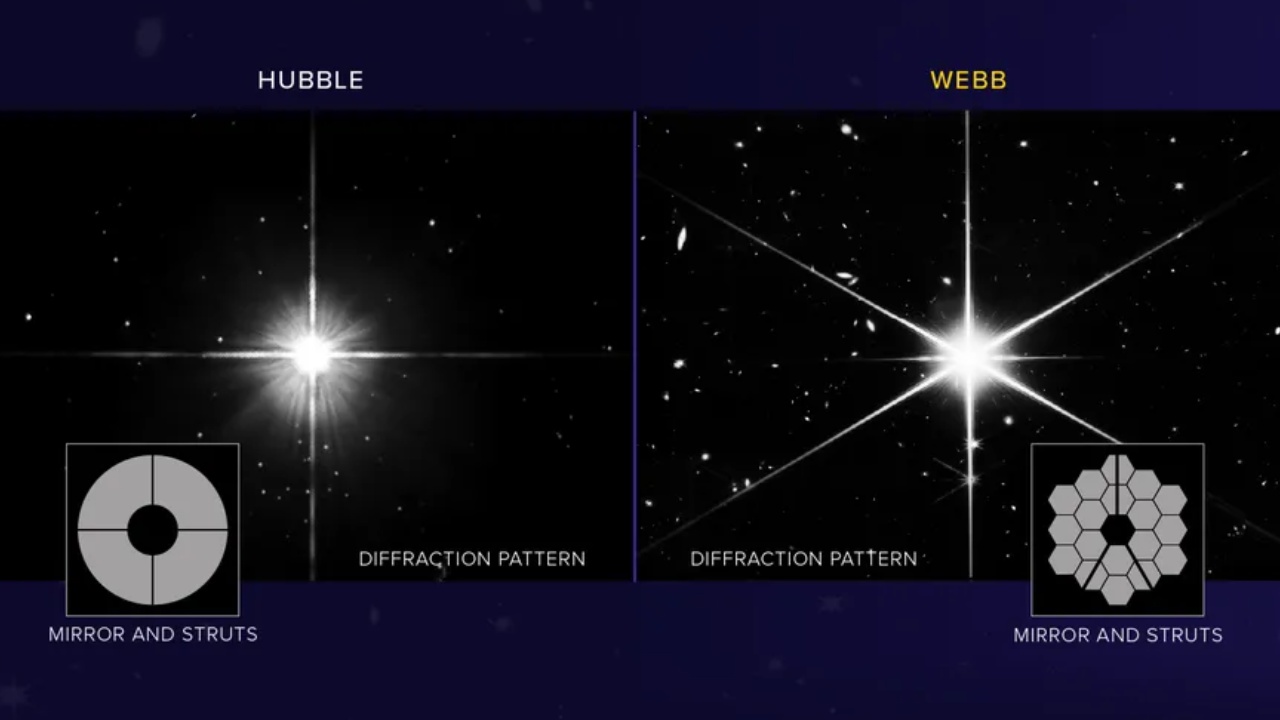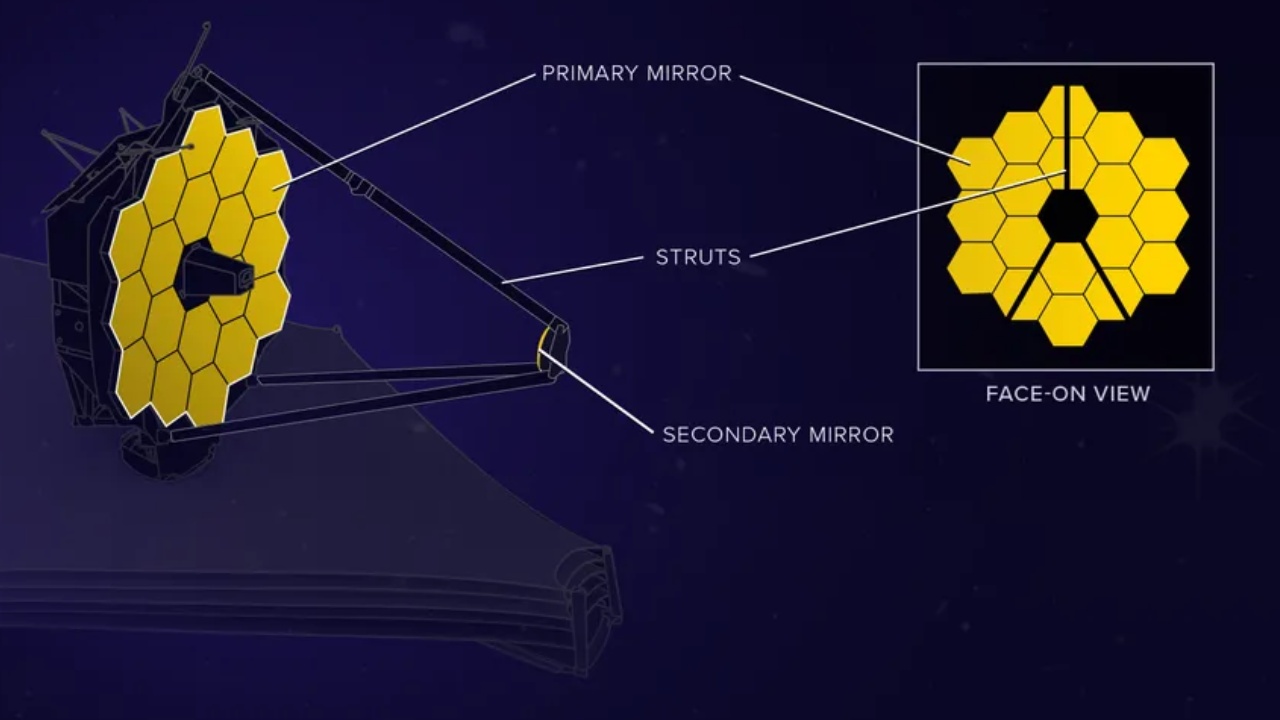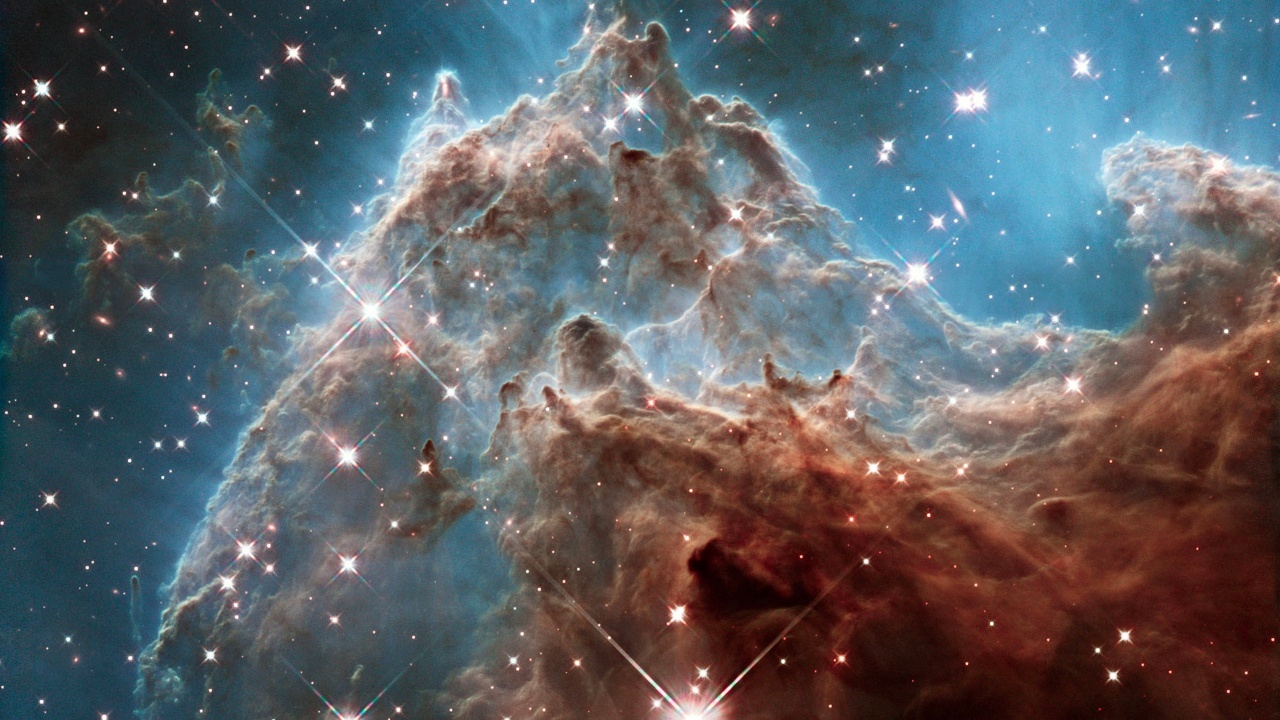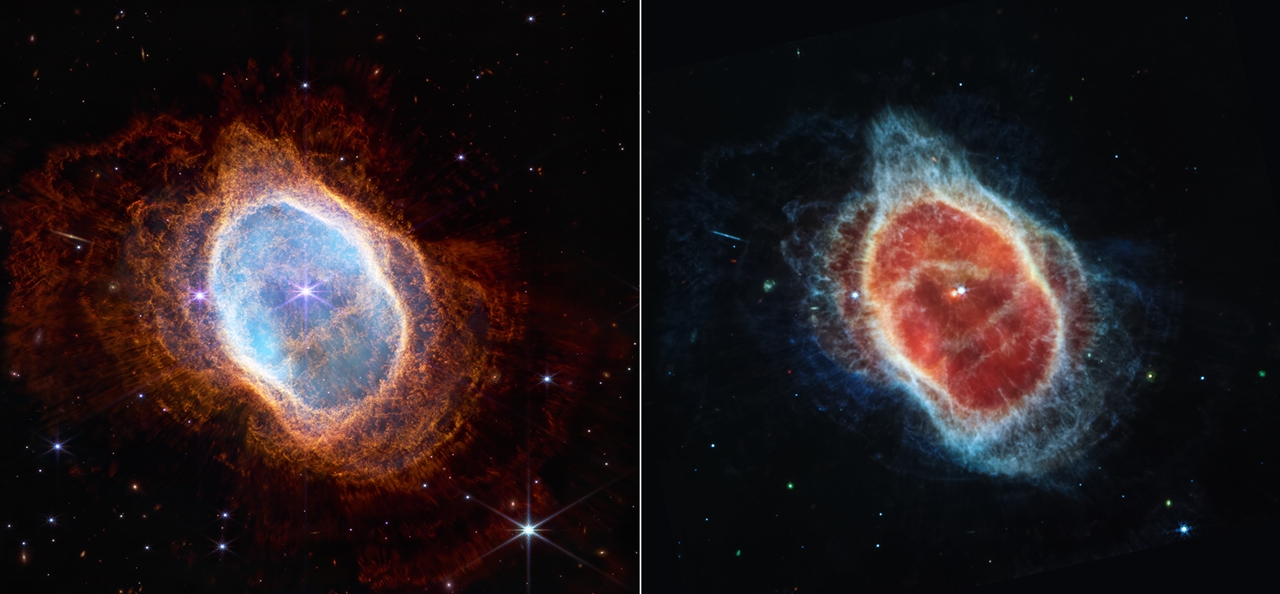Interesting light beams in the stars were one of the first things that attracted people’s attention in the images from the James Webb Space Telescope, which displays the farthest points of the universe. So what created it?
Recently, NASA’s new space telescope, the James Webb Space Telescope, sent us its first images. There were some differences in the frames sent by this telescope, which will help us understand the secrets of the universe. One of them was the existence of stars with 8 beams of light.
Normally the stars giant, round celestial bodies we know it is. Alright James Webb Space TelescopeWhy do the stars in images from . Let’s explain the reasons for this situation.
The reason for this is not the first thing that comes to mind!
Camera users, lens flare or lens flare familiar with the condition. So what is lens flare? If you hold the camera to a strong light source, the light will be refracted as it passes through the lens. Sometimes it gives a beautiful image, sometimes it is seen as an undesirable phenomenon. The first thing that comes to many people’s minds is some sort of lens flare, but that’s not the answer.
This is the name of the light beams we’ve seen diffraction spikes passes as. in Turkish equivalent diffraction tips The reason for the emergence of these structures, which we can say, is the array of mirrors and mirror systems used in the space telescope.
In fact, we have previously created these patterns of refractions. Images from Hubble too we have seen. In the images there, the refractions looked more like a plus shape. The reason for this is the use of mirrors of different shapes in the two telescopes.
The shape of the mirrors determines the refractions.

When light hits a mirror surface, it tends to scatter. These distributions in the form of waves It is possible. The stone thrown into the sea with the light that hits the mirror from one point and disperses spreads waves around it in similar ways: stronger and more frequent in the center, smaller and more spaced as it moves away. There are two things these dispersed light waves can do: join each other to create larger waves, or collide with each other and fade.
The aforementioned diffractions are like the honeycombs of the telescope, bees. hexagonal It is caused by refractions formed at the edges of the mirrors. At least that’s the case for some of them, because there’s something else that’s causing these breaks.
There is also a secondary mirror behind the main mirror array of the telescope. There are support arms that connect these two mirror assemblies. These arms also form a reflection. Refraction also occurs due to reflection. Even just having 3 support legs 6 breakdowns enough for
The number of cracks could have even been higher.

NASA is trying to use the images as much as possible. to be clear and clean wants. For this reason, there are various methods they apply to reduce the breakouts. One of them is to adjust the position of the support bars. While NASA engineers are performing this operation, 150-150-60 degrees set an angle pattern. Thus, some of the diffractions originating from the rods and some of the diffractions originating from the mirror shape were overlapped.
In front of the round mirror structure in the Hubble Telescope plus shaped there was a setup.

Therefore, in images from that telescope, the stars were in the shape of a plus. If there was a system with one or two support legs, then we would see a linear distribution.
It is also important what the image was taken with.

The James Webb Space Telescope also contains many different instruments on it. Which instrument is used for shooting also affects the images. for example NIRCam The instrument, called infrared, displays light in the near-infrared spectrum. MIRI The instrument, on the other hand, detects light in the mid-infrared spectrum. In this case, although two instruments look at the same image, they can produce different visuals. For example, in the image above, starlights have more diffraction in the left frame shot with NIRCam.
Of course, the diffraction in the light of stars with stronger light is also stronger. In the future, perhaps the James Webb Space Telescope, octagon with pine tree lights It will become iconic, who knows?
